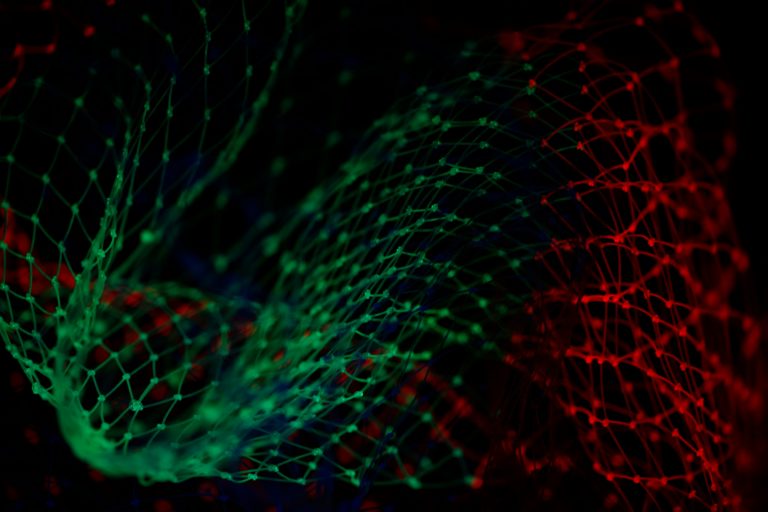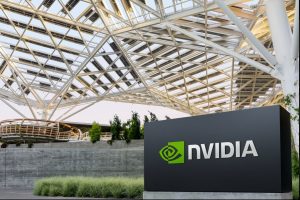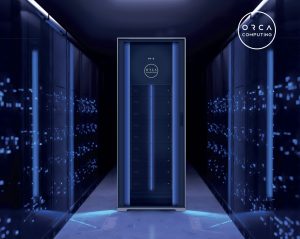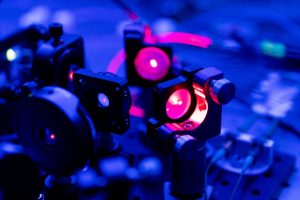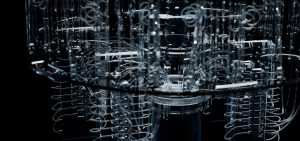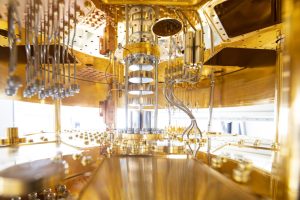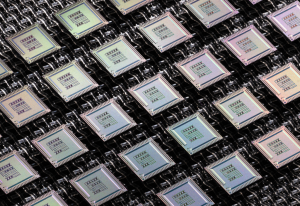LONDON — ORCA Computing, in collaboration with the Poznan Supercomputing and Networking Center (PSNC) and NVIDIA, is spearheading a groundbreaking initiative to develop a hybrid quantum-classical computing infrastructure aimed at addressing the growing needs of modern scientific workflows. With quantum processors poised to enhance computing power, the project highlights the pivotal role of combining quantum and classical technologies to tackle problems beyond the reach of classical computing alone. As quantum computing continues to evolve, it becomes imperative to lay the groundwork for software and hardware systems that will support hybrid workflows for real-world applications.
A key achievement in this collaboration has been the creation of a quantum-classical machine learning framework for biological imaging. Leveraging NVIDIA’s CUDA-Q platform, the project integrates two ORCA PT-1 photonic quantum computing systems and two NVIDIA H100 Tensor Core GPUs within PSNC’s infrastructure. This hybrid machine learning model was trained to perform classification tasks on biological datasets, marking the first demonstration of a fully operational, multi-user, multi-QPU, and multi-GPU platform. The results underscore the potential of quantum-enhanced applications, offering researchers the necessary tools to explore large-scale algorithms that scale alongside advancements in quantum technology.
Additionally, the collaboration has set its sights on the long-term prospects of quantum computing by developing algorithms that explore the synergy between AI and quantum technology. One area of focus has been the potential of quantum processors to augment AI performance, particularly in generative AI tasks. Conversely, AI methodologies are being harnessed to design more efficient quantum circuits for larger-scale quantum computers.
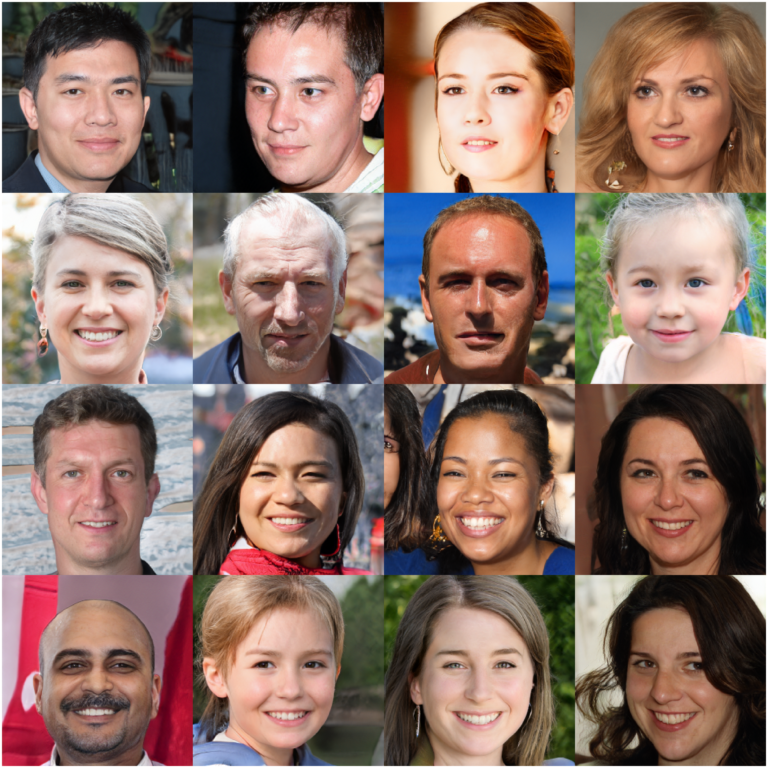
AI is becoming increasingly integral to the development of quantum systems. In partnership with NVIDIA and PSNC, ORCA Computing has advanced its suite of proprietary algorithms for hybrid quantum-classical generative models, particularly targeting generative adversarial networks (GANs). Unlike classical GANs, which rely solely on classical neural networks, hybrid GANs incorporate quantum processors to boost the performance of the generator network. Prior studies have shown that hybrid GANs outperform their classical counterparts in specific areas, including chemistry and therapeutics. Utilizing the NVIDIA CUDA-Q platform, ORCA has refined a hybrid StyleGAN model, trained using 8 NVIDIA A100 Tensor Core GPUs and a quantum processor simulated by CUDA-Q’s GPU-accelerated tools. This approach has yielded promising results, with the model achieving a new record for hybrid quantum/classical generative modeling on the FFHQ dataset of human faces.
While the current work demonstrates the scalability and potential of hybrid GANs in image generation, ORCA’s primary focus is on fields like chemistry and therapeutics, where traditional models face limitations. The ongoing efforts also point to the broader application of quantum-enhanced AI tools, with ORCA, PSNC, and NVIDIA continuing to push the boundaries of what is possible in these domains.
In a novel move, ORCA has also introduced the “Resource State Generator with Pre-trained Transformers” (RS-GPT) algorithm, which utilizes AI to optimize the design of photonic quantum processors. This algorithm draws inspiration from the Llama large language model, applying transformer-based techniques to generate efficient photonic circuits that create essential resource states needed for quantum computation. This work addresses a critical challenge in photonic quantum computing—finding efficient methods to generate entangled states that are foundational for measurement-based quantum computation.
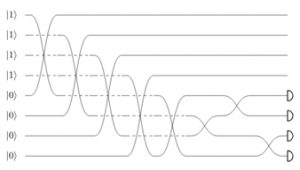
With RS-GPT, ORCA has made significant strides in applying AI to enhance quantum hardware design. Trained using NVIDIA H100 GPUs, the RS-GPT algorithm improves the design of quantum circuits by determining optimal configurations for photon sources, beam splitters, and detectors. This technology not only contributes to resource state generation but also adapts to real-world scenarios involving loss and circuit topology constraints.
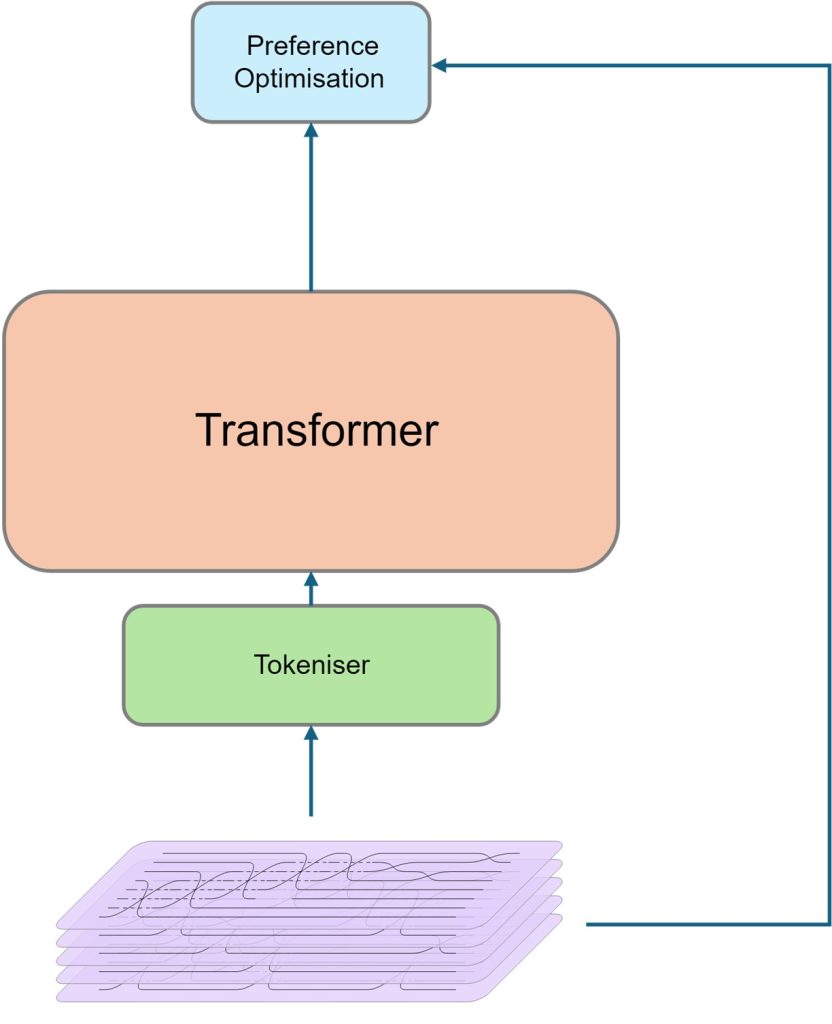
The culmination of these efforts has yielded three key outcomes: the establishment of infrastructure that supports complex hybrid quantum-classical workflows, the application of this infrastructure to biological datasets, and the creation of innovative algorithms that harness the combined power of quantum computing and AI. Looking ahead, ORCA is committed to expanding this work, exploring new use cases, and continuing to refine quantum-classical hybrid infrastructures for AI and quantum applications.


